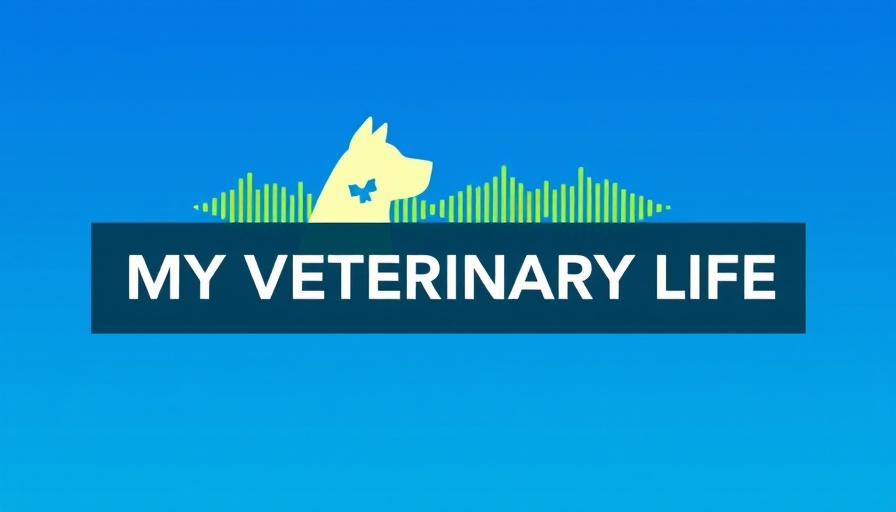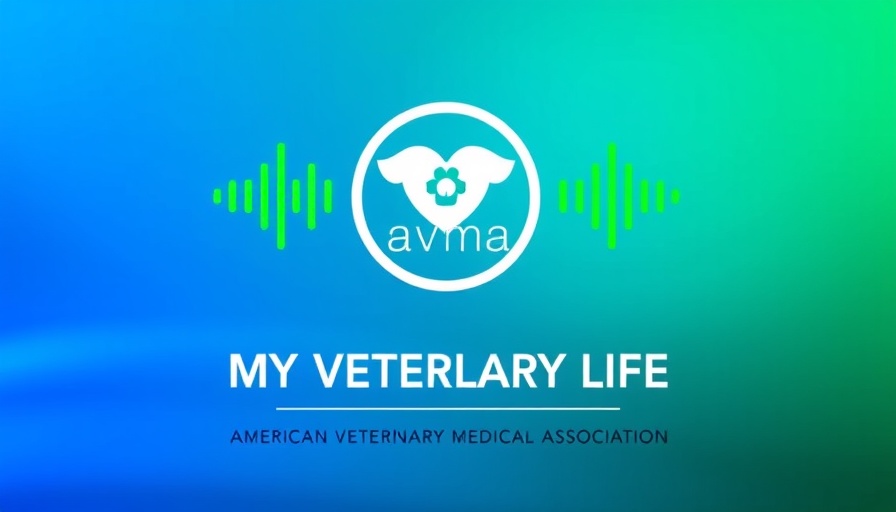
Leading from Where You Are: Tara Barron’s Inspiring Journey
Tara Barron, a fourth-year veterinary student and the current president of the Student American Veterinary Medical Association (SAVMA), is a noteworthy figure whose journey exemplifies resilience and leadership in the veterinary field. Leading from where you are is not just a phrase for Barron; it is a mantra that she embodies as she extends her passion for veterinary medicine to support her peers and promote a culture of gratitude.
Reevaluating the Path: From Business to Veterinary Medicine
Initially, Barron's journey began in the corporate world, where she felt discontent despite her success. A pivotal moment occurred when she realized her potential and decided to pursue her lifelong dream of becoming a veterinarian—a decision that came with challenges and emotional upheaval. Driven by her passion, Barron was accepted into Lincoln Memorial University’s veterinary program at the age of 28, where she has since thrived.
Leadership with Compassion and Community
Throughout her role as SAVMA president, Barron emphasizes compassion and the importance of a supportive community among veterinary students. Her leadership style reflects her personal experiences, especially as she navigated the loss of her mother during her studies. This loss deepened her understanding of genuine compassion and highlighted the importance of empathy in veterinary care. "You can’t be upset when a dog is in your lap, showing you how much you mean to them," Barron reflects, showcasing the profound connection between pets and their owners, a connection that is crucial to the veterinary profession.
Transformative Mentorship: A Key to Success
Mentorship has played a vital role in Barron's growth, from her professors at LMU to her peers who have consistently supported her. "Don’t be afraid to ask for help. Your classmates are there for a reason. You’re all going to get through this together," she advises. Her belief in collaboration fosters a culture where veterinary students learn and succeed collectively, which is essential in a field that often faces burnout and emotional strain.
Advocacy for Future Generations
With aspirations to amend SAVMA’s Duty Hours Guidelines, Barron’s leadership aims to promote a more balanced lifestyle for future veterinary students. She understands that the well-being of veterinary students correlates with their ability to provide quality care to their patients. Barron’s leadership mantra encourages students to connect and support one another, reinforcing her view that a strong support network is critical for success.
The Importance of Gratitude in Veterinary Practice
Gratitude is a core value Barron promotes among her peers. Recognizing those who support your journey, whether friends, family, or mentors, is crucial. "I feel really blessed to have the amount of support I do, because I feel like it's like an astronomical amount," she says, illustrating how her support network contributes to her success. Cultivating gratitude not only enhances individual well-being but also enriches the veterinary community as a whole.
Conclusion: Leading with Positivity
Tara Barron’s journey is a powerful reminder of the impact of passion, mentorship, and community in the veterinary field. As she leads by example, advocating for student well-being and the importance of gratitude, her story inspires future generations of veterinarians. Her message is clear: wherever you are in your journey, embrace leadership and remain committed to supporting each other in the pursuit of passion and purpose in veterinary medicine.
 Add Row
Add Row  Add
Add 


Write A Comment